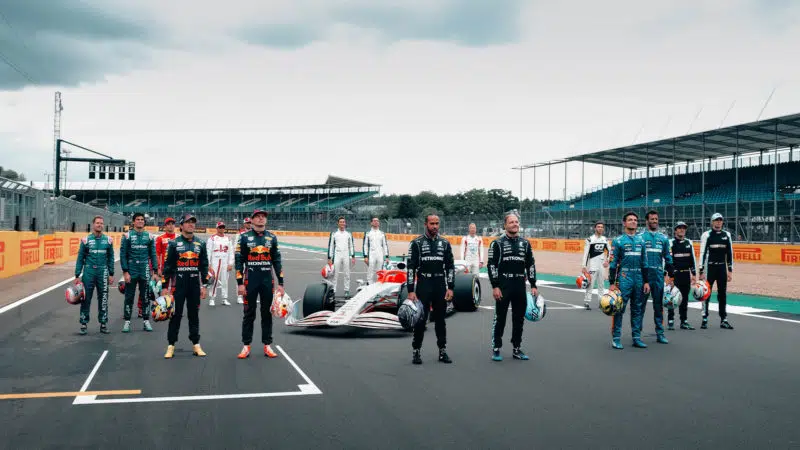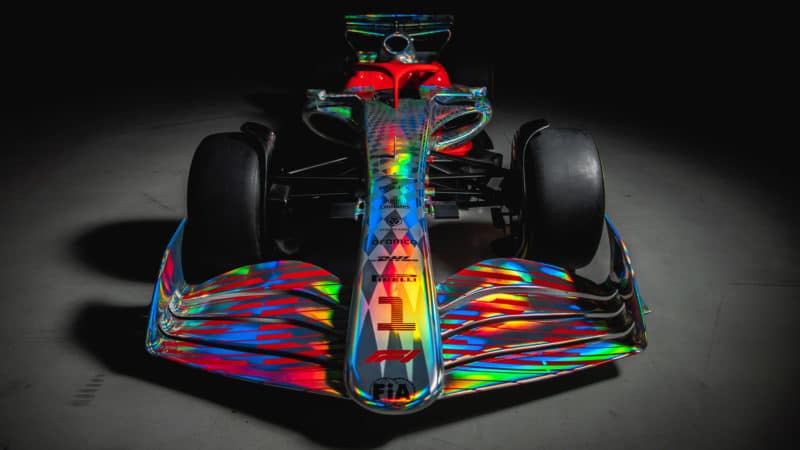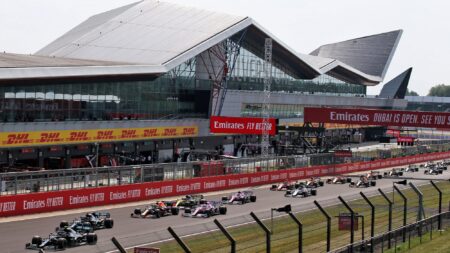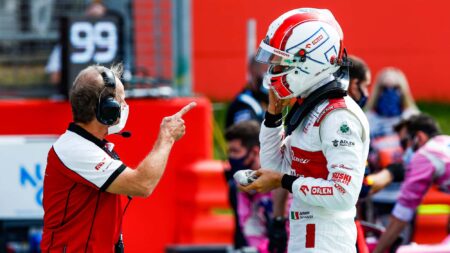On a normal race weekend, there are five F1 sessions. Three of them are practice, so as nice as it is for a few people to get some photos of cars on track, it doesn’t provide much in the way of action or excitement. In fact, the more practice there is, the less excitement there’s likely to be in the race itself too as teams get more time to hone their cars and set-ups.
The balance has now shifted to how a sporting event should be. More of the the track time is competitive than not, with just the two hours of practice time, one hour of qualifying and roughly 30 minutes of the Sprint before the grand prix. And there’s still going to be plenty of opportunities to take photos, despite the fact we’re basically down on 30 minutes of running overall.
Now don’t compare the Sprint to qualifying, because they are very different things, even if they both set grids. Qualifying will have set the starting order for a 100km race that is likely to see limited change between the starting and finishing positions, so Friday’s qualifying is still very important for Sunday’s race. But even if the Sprint is processional, you know that a single overtake or an incident actually matters, while there’s always a chance of making up positions off the line.
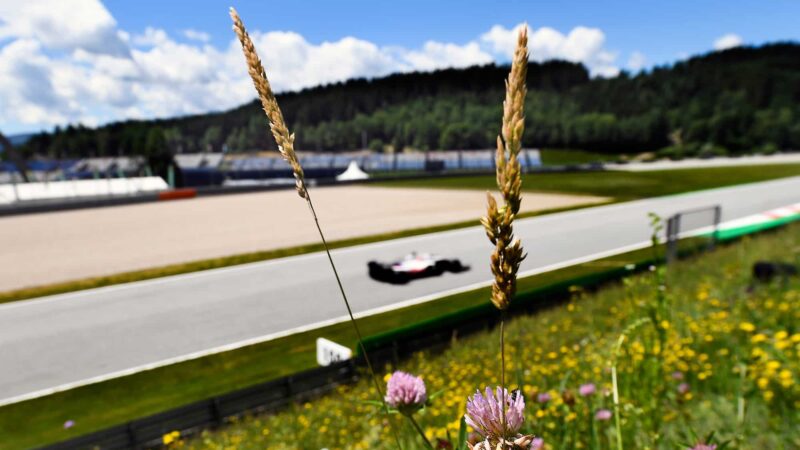
Sprint qualifying will still provide time for on-track photos
Grand Prix Photo
If you were watching FP3 and one car was close behind another, there’s nothing riding on it. Now there is, so it’s a step up from practice.
And because of that I largely side with Ross Brawn when he says there is no doubt the sprint will work, it’s just a matter of degree. He’s perhaps slightly more confident than I am in the sense that a risk-averse procession wouldn’t really count as “working” even with the aforementioned jeopardy, but if it does work then it could prove to be more important for F1 moving forward than just the format itself in isolation.
Why not throw some curveballs into the equation?
A successful trial will build confidence that we can make changes to the race weekend, or to what we thought were perfectly fine aspects of the sport, and improve them. In fact, it could well be that the sprint becomes the area for further experimentation, given the fact it’ll be the new aspect of the weekend.
Brawn believes it would ideally be seen at limited races in future rather than every weekend if it’s a success, so why not throw some curveballs into the equation? No DRS in the sprint perhaps to see how these cars really would race without it? Or go a bit further and use the sprint to provide actual racing action for young drivers? On a weekend where the format is used, you could have a third car for two teams on rotation, who have to use drivers who haven’t started more than two races before and start from the back.
That would give young drivers a chance to show what they can do, potentially add further racing action as they’d have less to lose without the concern of Sunday’s grid position, but also not impact the point-scoring in the grand prix (and almost certainly in the sprint as well).
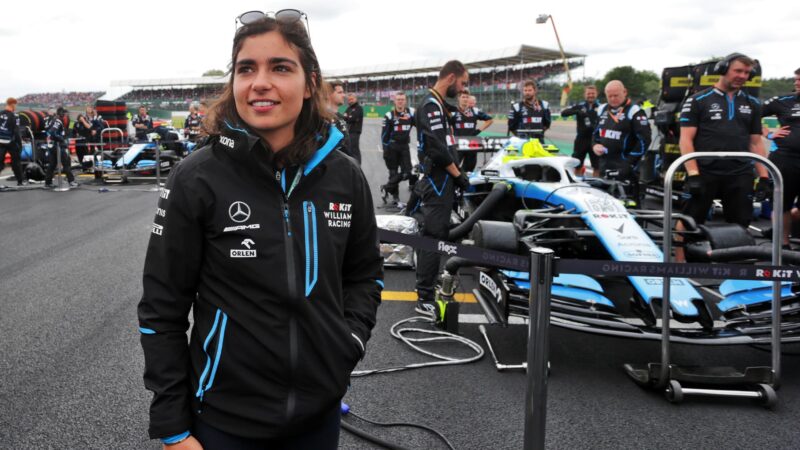
Young drivers, like Williams Development driver Jamie Chadwick could benefit from sprint race experience
Williams
The latter idea is of course an expensive one, but then if this is a success from a sporting and entertainment point of view then it should also be commercially viable.
The financial side is a key consideration, because F1 is trialling this not only to provide fans with more competitive action but to make a three-day event more monetisable for promoters. TV companies also won’t complain about the extra racing or primetime qualifying, and title sponsorship of the sprint has also been sold. So we can quite confidently already say that side works.
